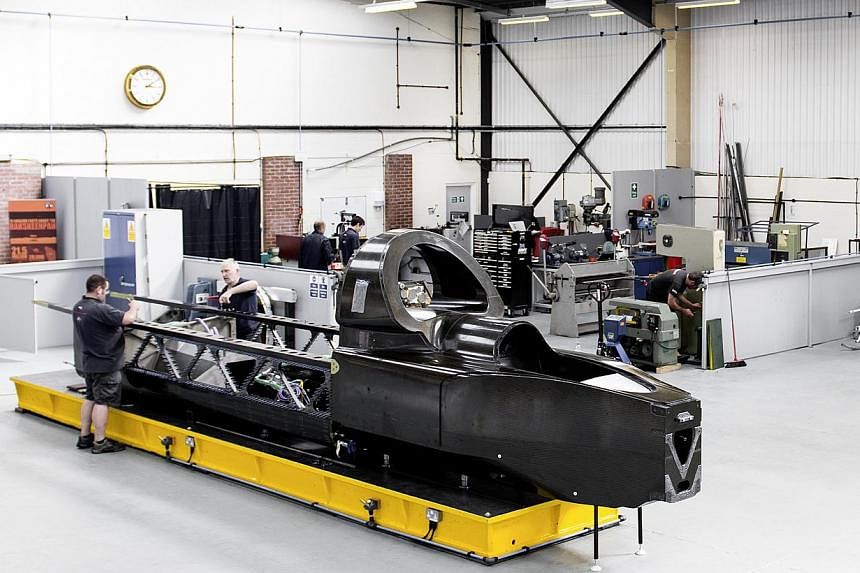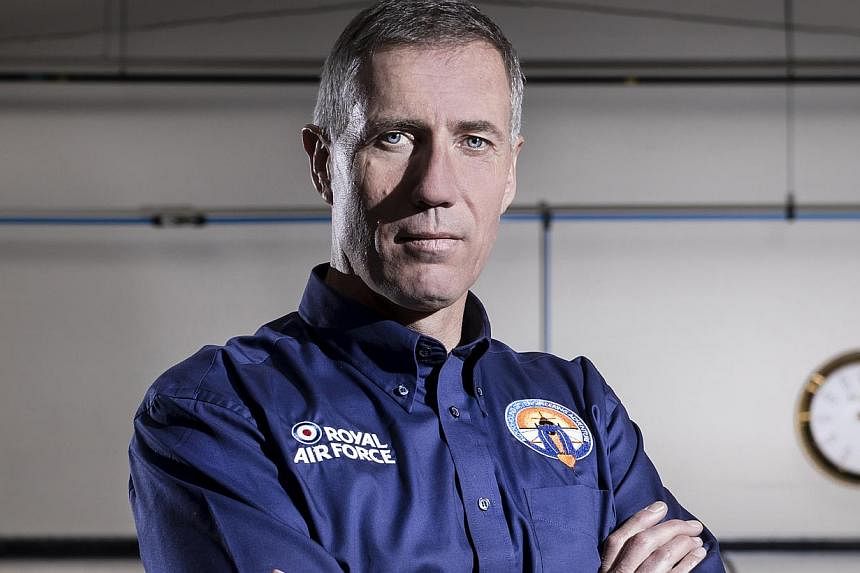The country is short of engineers and scientists as the best students prefer to do law and finance.
It is a worrying trend, threatening the future of many industries that provide jobs for hundreds of thousands of workers.
Sounds familiar?
Singapore faces this problem, as do many other developed economies.
The problem is so acute in Singapore, the universities have lowered their requirements for entry into engineering, and it's now easier to get into the hard sciences than business studies.
Talk to the students and they say science is hard and doesn't pay as well as finance. Everyone sees a job in banking as being much more lucrative.
Engineering?
It's a slog, dirty and greasy, and with limited scope for advancement.
It wasn't always like this, and it wasn't so long ago that engineering enjoyed its finest hour when the American astronaut Neil Armstrong landed on the Moon 31/2 days after leaving Earth in a daring space expedition that captured everyone's imagination.
How to bring back those glory days?
I am in England - also facing a shortage of engineers - to find out from a group of people who believe they have the answer.
They want to create the most exciting engineering project since the Moon shot and get as many students as possible so interested that they won't be able to wait to get into their overalls and get their hands greasy.
The project is the Bloodhound Supersonic Car (SSC), designed to go at 1,000 miles per hour, or about 1,600kmh, and set a new world land speed record.
That's almost five times faster than a Formula One car and faster than today's jet liners which typically have a maximum cruising speed of around 1,100kmh.
I am in Bristol, a two-hour drive from London, with a dozen other journalists from around the world to see what it takes to build a car that can go a mile in 3.6 seconds.
The technological wizardry we are being shown dazzles.
First stop is the engine, a Rolls-Royce jet propulsion EJ200 that is the same as what is on the Royal Air Force's Eurofighter Typhoon, capable of developing 40,000 horsepower of thrust.
Though that might be good enough for the jet fighter, it isn't for this car, not when it's attempting to hit the 1,600kmh mark.
To make it go faster, another engine sits on top of the Rolls-Royce, and this is a rocket similar to those used to launch space satellites into orbit.
That's what it takes to set a new record - the power of a supersonic jet fighter boosted by a space satellite rocket.
This brings the total heft to 135,000 horses, equivalent to eight times the thrust of all 21 Formula One cars on the starting grid.
But this much power in one car going at such a speed will send it into space, literally, if it isn't harnessed properly.
That's how a plane gets airborne during take-off when it gathers enough speed to generate the lift required to get it up.
The car will indeed become a plane at that sort of speed unless the air flows through it in a way that keeps it on the ground.
The crucial factor here is understanding the forces acting on the speeding car and then shaping its body accordingly so that those forces create a downward pressure on the car, keeping its four wheels in contact with the ground instead of getting it airborne.
It's a branch of engineering called fluid dynamics.
When I was doing engineering in university 40 years ago, we used to do experiments in a wind tunnel to study these forces.
The people at Bloodhound have no such luxury because building one to replicate the car going at such speed would have been prohibitively expensive.
Instead, they make use of a technology which wasn't available during my time - computer modelling.
Computing power has made possible much of today's engineering wonders by the sheer speed at which it is able to do all those infinitely complex calculations.
It has changed the way engineers work by enabling them to test their designs without actually having to physically build them.
When I asked the team what the most challenging problem was so far, Mr Alan Chapman, head of engineering, said it was arriving at a design that would keep the car stable on the ground at 1,600kmh.
That same stability could have been achieved with a more elaborate system using onboard computers to activate stabilisers that you often see in modern racing cars.
But it would have been more complicated and the team did not want the risk of having the computers fail at a critical moment.
Instead, the stability was achieved purely from the unique shape of the car, drawn on a computer.
It was a defining moment for the project.
When you first see the car, you are struck by how large it is.
That sleek elongated body housing the two engines and the swooping lines designed to get the flowing air to work its aerodynamic magic is as much a feat of human artistry as it is a technological wonder.
Add two wings on either side and it wouldn't look out of place on an airport runway.
Mr Andy Green is the designated driver and it wasn't long ago he was mainly airborne, as a pilot on the RAF's Phantom fighter jet.
He is also the current land speed record holder at 763mph (about 1,228kmh), achieved in 1997 in another car called Thrust SSC.
As he sits in the cockpit with the two flaming engines behind him hurtling at a speed no man has ever gone near, he knows his life depends on the small team of 30 engineers and scientists.
His faith in their science must be complete because there is no dry run or test bed for this project.
When the completed car is shipped to Hakskeenpan in South Africa next year or in 2016 where the world record will be attempted, it will be the first time Mr Green will be driving the car at such a speed.
If he succeeds, he will be a world record breaker.
But can he also save the future of engineering?
If this was only about building the fastest car on earth, the project would end there and then, one more entry in the record books.
But the people involved have a much more important aim: to revive interest in the hard sciences and inspire the next generation of engineers and scientists.
For this they have an ambitious education programme that is supported by the Ministry of Education and runs in tandem with the project.
It is available to all primary and secondary schools in Britain and more than 4,000 have signed up, with their students attending workshops and taking part in activities that help them understand the science.
The education website is a treasure trove of lesson plans to stimulate interest and get students involved.
There's one, for example, to make the teaching of speed more interesting by getting students to build and test an air-powered "dragster" that will race in a competition at the end of a series of lessons.
It is a brave attempt, perhaps the most daring and imaginative in the world, to try to stem the decline in interest in engineering.
It is also the much tougher test.
There is no record to be broken, only the promise of a future of technological possibilities.
Provided there are enough engineers and scientists.



